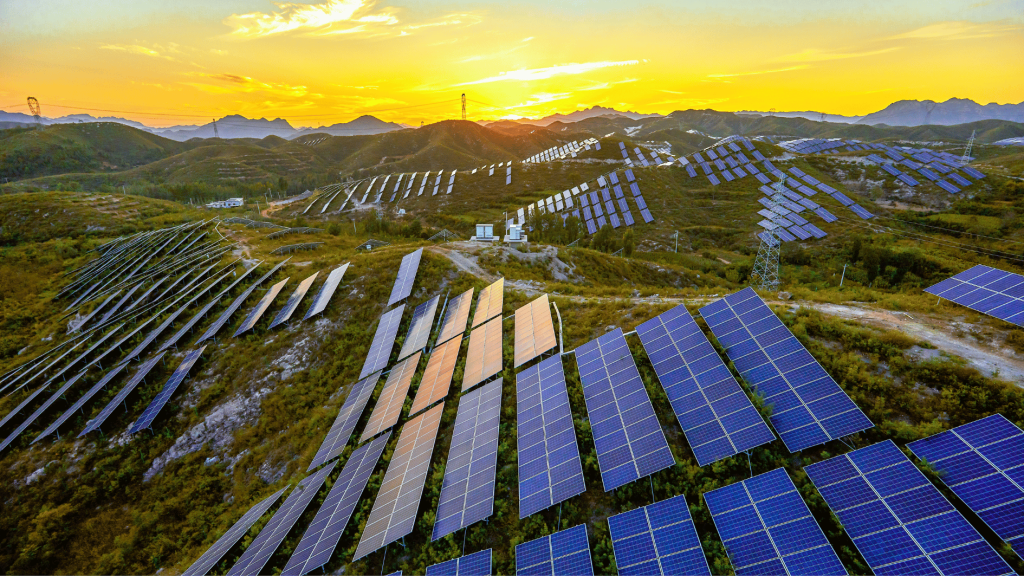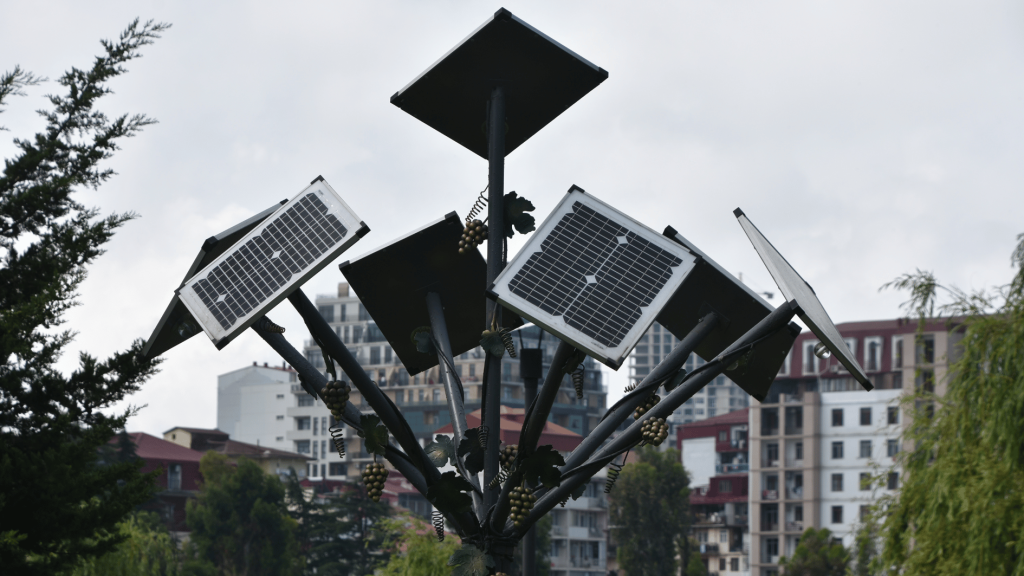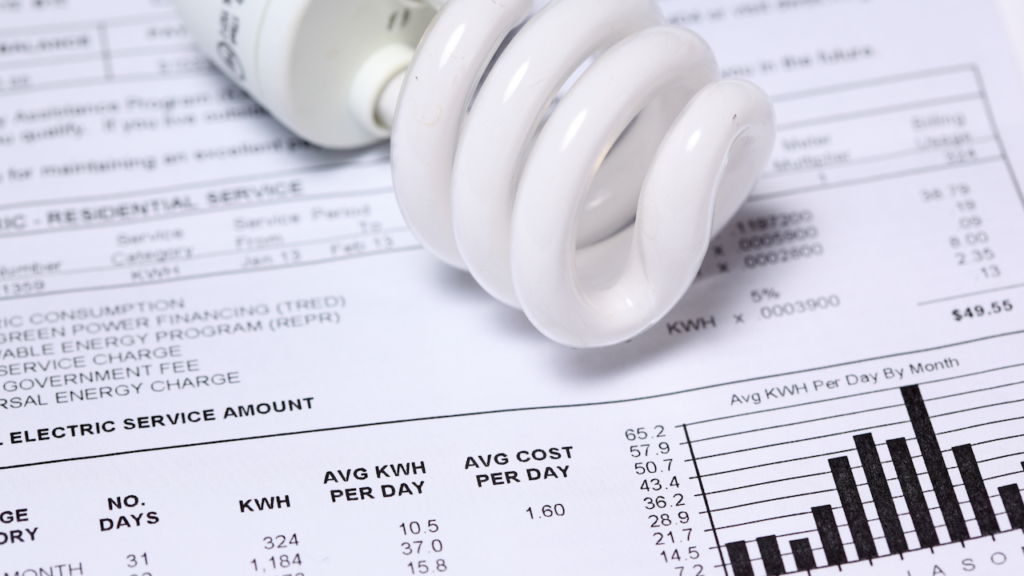Image source: Canva.com
As renewable energy continues to gain traction, solar power has emerged as a cornerstone of the global push toward sustainability. In 2025, exciting new developments are making solar energy more accessible and affordable for low-income families than ever before. Here’s a look at what’s new and how these changes are helping bridge the energy equity gap.
Increased Government Incentives

Governments worldwide are introducing expanded incentives to promote solar adoption among low-income households. In the U.S., the Inflation Reduction Act has been updated to increase tax credits for community solar projects and individual installations, allowing families to claim up to 40% of installation costs. Additionally, grants and zero-interest loans are being provided to cover upfront costs, addressing one of the most significant barriers to solar adoption.
Community Solar Programs
Community solar projects are gaining momentum in 2025. These initiatives allow families who cannot install panels on their property to purchase or subscribe to a share in a larger solar farm. In return, they receive credits on their electricity bills for the power generated by their share.

States like California and New York have expanded their community solar programs, focusing on low-income zip codes. Innovative models, such as pay-as-you-go subscriptions, are helping families access solar without long-term financial commitments.
Technological Advancements

Solar technology has become more efficient and affordable, further lowering costs. Panels with higher energy conversion rates are now widely available, meaning households need fewer panels to meet their energy needs. Additionally, new lightweight and flexible panels make installation possible in places where traditional panels might not be viable, such as older rooftops or apartment complexes.
Battery storage systems have also become more accessible. These systems allow families to store excess solar energy for use during evenings or cloudy days, reducing reliance on the grid and cutting costs further.
Nonprofit and Private Sector Partnerships
Nonprofit organizations and private companies are playing a pivotal role in expanding solar access. Organizations like GRID Alternatives are offering installation services at reduced costs or even for free. Meanwhile, companies are launching innovative financing solutions, such as power purchase agreements (PPAs) and solar leases, that allow families to benefit from solar energy without bearing the upfront costs.

Tech giants are also stepping in to support the cause. For example, some companies are investing in solar farms specifically designed to serve underserved communities or are funding research to develop even cheaper solar technologies.
Policy Changes and Advocacy

In 2025, energy equity has become a central theme in climate policy discussions. Advocacy groups are pushing for mandatory solar installations in new affordable housing projects and utility companies to increase their solar offerings for low-income customers. Policymakers are responding with regulations that prioritize clean energy access for vulnerable populations.
Benefits Beyond Energy Savings
Adopting solar energy goes beyond reducing electricity bills. For low-income families, solar can provide energy independence, protection against rising utility rates, and environmental benefits that improve overall quality of life. Some programs even offer job training opportunities in the solar industry, creating pathways to stable employment in clean energy sectors.

Looking Ahead

The strides made in 2025 are a testament to the power of innovation, policy, and community action in making renewable energy accessible for all. With ongoing efforts to reduce costs, expand programs, and integrate solar into more aspects of urban and rural life, the future looks bright for low-income families eager to join the solar revolution.
As we move forward, continued collaboration between governments, nonprofits, and the private sector will be key. By prioritizing energy equity, we can ensure that everyone – regardless of income level – has the opportunity to harness the benefits of solar power.





